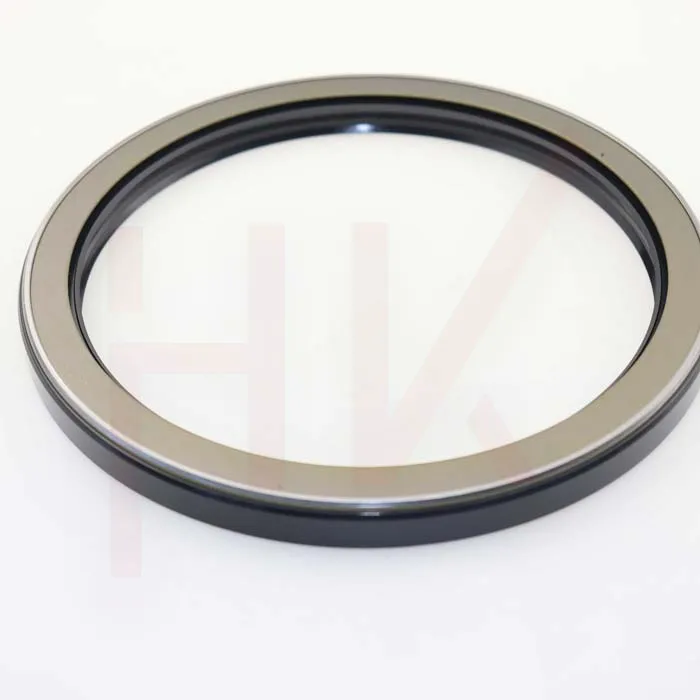Dhj . 16, 2024 20:45 Back to list
dust seal
Understanding Dust Seals Importance and Applications
In various industries, managing dust and particulate contamination is crucial for maintaining equipment performance and ensuring product quality. Dust seals play a vital role in this context, acting as barriers that prevent dirt, dust, and other foreign particles from entering sensitive mechanical systems. This article will explore the significance of dust seals, their design features, materials used, and their applications across different sectors.
What are Dust Seals?
Dust seals, often referred to as dust boots or covers, are protective devices that are typically made from flexible materials. They are designed to fit around moving parts, such as shafts and joints, to keep out contaminants. Unlike traditional seals that focus on preventing fluid leakage, dust seals prioritize particulate protection, ensuring that machinery operates efficiently and reliably over an extended period.
Importance of Dust Seals
The importance of dust seals cannot be overstated. Many mechanical systems, particularly those in harsh environments, are susceptible to wear and damage from dust and debris. The following points highlight why dust seals are essential
1. Equipment Longevity Dust seals help prolong the lifespan of machinery by preventing abrasive particles from entering critical areas. This reduces the potential for wear and tear on components, ultimately leading to lower maintenance costs and fewer replacements.
2. Operational Efficiency Clean equipment often operates more efficiently than dirty machinery. By keeping out dust and dirt, dust seals contribute to optimal performance, ensuring that systems run smoothly and reducing the chances of unexpected downtime.
3. Quality Assurance In industries such as food processing, pharmaceuticals, and electronics manufacturing, contamination can have severe consequences. Dust seals contribute to maintaining the integrity of products by protecting against particulate contamination, ensuring compliance with industry standards.
4. Safety In some applications, dust and debris can cause safety hazards, particularly in environments where machinery operates at high speeds or in hazardous conditions. Effective dust seals help mitigate these risks, promoting a safer workplace.
Design Features and Materials
Dust seals are designed with specific features to enhance their effectiveness. Common design aspects include
- Shape and Size Dust seals come in various shapes and sizes to fit different applications. They are often custom-designed to ensure a snug fit around components.
dust seal

- Flexibility The material used for dust seals is usually flexible, enabling them to accommodate the movement of parts without compromising their sealing capability.
- Durability Dust seals must withstand various environmental conditions, including heat, cold, moisture, and exposure to chemicals. Thus, they are made from robust materials like rubber, silicone, or polyurethane.
- Lip Design The sealing lip of the dust seal plays a critical role in preventing dust ingress. Different designs, such as single or double lips, may be employed depending on the application requirements.
Applications of Dust Seals
Dust seals are utilized in a wide range of industries, reflecting their versatility and effectiveness
1. Automotive In vehicles, dust seals protect critical components such as wheel bearings and axles from dirt and debris, enhancing performance and longevity.
2. Manufacturing and Machinery Industrial machines often operate in environments with high levels of dust and particulate matter. Dust seals help ensure that machinery remains clean and functional, preventing costly downtime.
3. Construction Equipment Heavy machinery used in construction sites is frequently exposed to dust and dirt. Robust dust seals are essential for protecting hydraulic systems and other critical components.
4. Electronics In the electronics industry, dust seals are used to protect sensitive equipment from particulate contamination, ensuring device reliability and performance.
5. Aerospace In aerospace applications, dust seals are critical for maintaining the integrity of components that operate in extreme conditions, where exposure to contaminants can have dire consequences.
Conclusion
In conclusion, dust seals are indispensable components in various industries, providing essential protection against dust and particulate contamination. By ensuring the longevity and efficiency of equipment, they play a pivotal role in maintaining operational standards and safeguarding product quality. As technological advancements continue to shape industrial processes, the design and application of dust seals will evolve, further enhancing their protective capabilities. Whether in automotive, manufacturing, or aerospace sectors, dust seals remain a vital aspect of ensuring that machinery operates smoothly and efficiently in a challenging environment.
-
The Trans-formative Journey of Wheel Hub Oil Seals
NewsJun.06,2025
-
Graphene-Enhanced Oil Seals: Revolutionizing High-Pressure Oil Sealing
NewsJun.06,2025
-
Future of Hydraulic Sealing: Advanced Intelligent TCN Oil Seals
NewsJun.06,2025
-
Don’t Let a Broken TCV Oil Seal Ruin Your Day
NewsJun.06,2025
-
Bio-Inspired Dust Seals for Better Sealing Performance
NewsJun.06,2025
-
Biodegradable and Sustainable Hydraulic Seal Materials
NewsJun.06,2025
-
Top Oil Seal Solutions for Your Industrial Needs
NewsMay.22,2025
Products categories
















